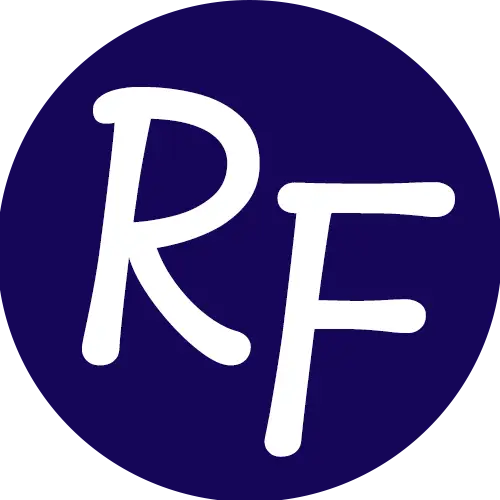Picture this: Jennifer, a passionate team leader at a growing tech company, notices her customer service team struggling to handle support tickets efficiently. With genuine intentions to improve service quality, she implements an AI system that automatically shares customer data across departments. The solution works brilliantly at first. Response times improve, and customer satisfaction scores rise. But three months later, she faces a crisis when customers discover their personal information has been shared more broadly than they consented to. Jennifer’s well-intentioned decision has led to a significant ethical misstep.
This scenario illustrates a crucial truth about ethical leadership: good intentions don’t automatically translate to good ethical outcomes. In fact, some of the most problematic business decisions come from leaders who genuinely want to do the right thing but lack a structured ethical decision-making process.
The Psychology Behind Ethically Poor Decisions
Our brains are wired for efficiency, not ethical perfection. When faced with complex decisions, leaders often rely on mental shortcuts that can create dangerous blind spots in their ethical reasoning. Time pressure compounds this challenge. In today’s fast-paced business environment, leaders feel compelled to make quick decisions, often bypassing thorough ethical analysis in favor of gut reactions.
Organizational culture also plays a crucial role. In environments where speed is valued over reflection, leaders might feel pressured to make rapid decisions without considering their full ethical implications. This creates a perfect storm in which even the most well-intentioned leaders can make decisions that compromise their values.
The Three Critical Blind Spots
The first major pitfall is what we call the Efficiency Trap. Leaders often focus on immediate operational benefits while overlooking broader ethical implications. For example, a manufacturing company automated its production line to improve efficiency. The decision made perfect sense from a business perspective, but without proper ethical analysis, the company missed the devastating impact on its small-town community, where it was the primary employer.
Next comes the Empathy Assumption. Leaders often believe they understand stakeholder needs without actually investigating them. This happened at a major tech company that launched an “inclusive” hiring platform that accidentally excluded candidates who used screen readers, despite the team’s genuine intention to increase workplace diversity.
The speed-versus-quality tension represents the third major blind spot. In their rush to meet deadlines or beat competitors, leaders might push ahead despite ethical red flags. This often leads to decisions that seem expedient in the moment but create significant problems later.
The WeatherTech Story: A Lesson in Ethical Decision Making
WeatherTech’s journey provides a fascinating case study in ethical leadership. In 2019, the automotive accessories manufacturer faced a crucial decision about its supply chain. With increasing pressure to reduce costs, it had the opportunity to shift production to overseas facilities where labor costs were significantly lower. The initial analysis, focused purely on financial metrics, suggested this was an obvious choice.
However, CEO David MacNeil decided to apply a structured ethical decision-making framework before proceeding. This analysis revealed several critical factors their initial review had missed. They examined the decision through multiple ethical lenses: utilitarian (overall impact on all stakeholders), rights-based (worker rights and community commitments), and justice (fair distribution of benefits and burdens).
This systematic approach helped them recognize that while overseas production might reduce costs, it would violate their core commitment to American manufacturing and potentially harm the communities that had supported their growth. Instead of making a quick decision based on financial metrics alone, they developed an innovative solution: investing in automation and workforce training to maintain domestic production while remaining competitive.
The Power of Structured Analysis
This example demonstrates why frameworks matter in ethical decision-making. They expand our perspective beyond immediate concerns and help us consider impacts we might otherwise miss. Think of an ethical framework as a flashlight in a dark room. Without it, we might feel confident about what we see directly in front of us, but we’re missing most of the picture.
Making It Work in Real Life
Implementing structured ethical analysis doesn’t require massive organizational change. Leaders can start by incorporating simple checkpoints into their existing decision-making processes. The key is making ethical consideration a habit rather than an afterthought.
Start by asking three essential questions before any significant decision:
“Who might this decision affect?”
“What rights or principles might be at stake?”
“How would this decision look if it became public?”
Moving Forward
Ethical leadership isn’t about being perfect. It’s about having the right tools and processes to consistently make better decisions. By recognizing their natural blind spots and implementing structured analysis, leaders can build organizations that are both successful and ethically sound.
Ready to strengthen your ethical decision-making? Download our free comprehensive framework worksheet, designed to help busy leaders make better decisions through structured analysis. This practical tool will help you avoid common blind spots and make decisions you can be proud of, both today and in the future.





